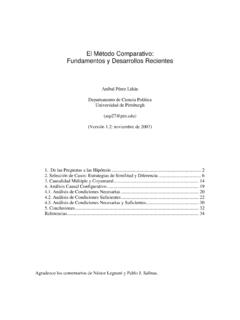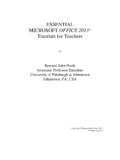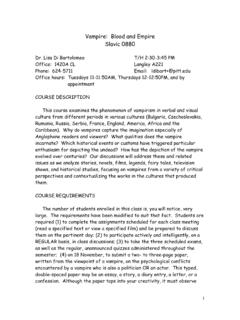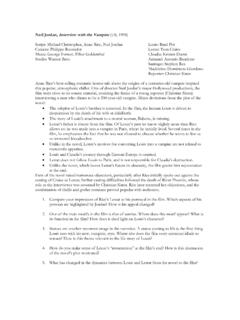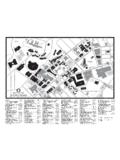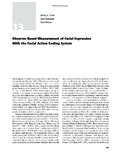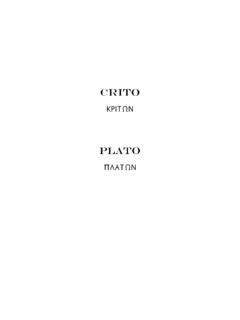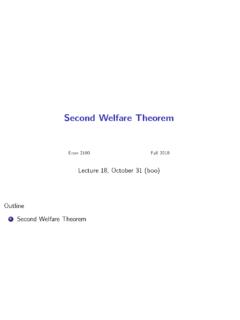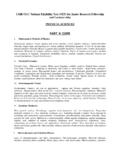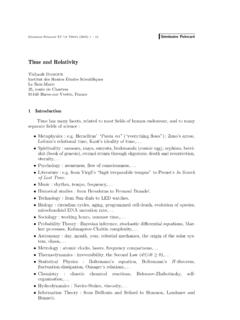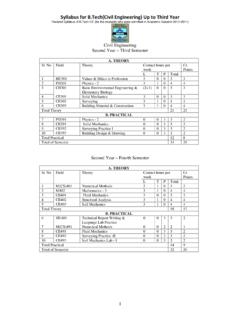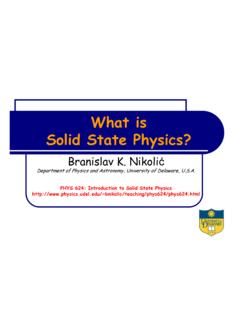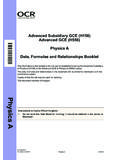Transcription of Einsteinʼs Special Theory of Relativity and the …
1 -1- Rev. Dec. 13,. Jan 17, 2004; December 1; November 29, 2003 einstein s Special Theory of Relativity and the Problems in the Electrodynamics of Moving Bodies that Led him to it. John D. Norton1 Department of History and Philosophy of Science University of Pittsburgh Pittsburgh PA 15260 Prepared for Cambridge Companion to einstein , M. Janssen and C. Lehner, eds., Cambridge University Press. Typesetter: the figures embedded here are lower resolution tif images. The original figures were drawn using a vector graphics program (Canvas 9) and should be printed from vector graphic files, epsf.
2 1. Introduction Modern readers turning to einstein s famous 1905 paper on Special Relativity may not find what they expect. Its title, On the electrodynamics of moving bodies, gives no inkling that it will develop an account of space and time that will topple Newton s system. Even its first paragraph just calls to mind an elementary experimental result due to Faraday concerning the interaction of a magnet and conductor. Only then does einstein get down to the business of space and time and lay out a new Theory in which rapidly moving rods shrink and clocks slow and the speed of light becomes an impassable barrier.
3 This Special Theory of Relativity has a central place in modern -2- physics. As the first of the modern theories, it provides the foundation for particle physics and for einstein s general Theory of Relativity ; and it is the last point of agreement between them. It has also received considerable attention outside physics. It is the first port of call for philosophers and other thinkers, seeking to understand what einstein did and why it changed everything. It is often also their last port. The Theory is arresting enough to demand serious reflection and, unlike quantum Theory and general Relativity , its essential content can be grasped fully by someone merely with a command of simple algebra.
4 It contains einstein s analysis of simultaneity, probably the most celebrated conceptual analysis of the century. Many have tried to emulate einstein and do in their fields just what einstein did for simultaneity, space and time. For these reasons, many have sought to understand how einstein worked his magic and came to Special Relativity . These efforts were long misled by an exaggeration of the importance of one experiment, the Michelson-Morley experiment, even though einstein later had trouble recalling if he even knew of the experiment prior to his 1905 This one experiment, in isolation, has little force.
5 Its null result happened to be fully compatible with Newton s own emission Theory of light. Located in the context of late 19th century electrodynamics when ether-based, wave theories of light predominated, however, it presented a serious problem that exercised the greatest theoretician of the day. Another oversimplification pays too much attention to the one part of einstein s paper that especially fascinates us now: his ingenious use of light signals and clocks to mount his conceptual analysis of simultaneity. This approach gives far too much importance to notions that entered briefly only at the end of years of investigation.
6 It leaves us with the curious idea that Special Relativity arrived because einstein took the -3- trouble to think hard enough about what it means to be simultaneous. Are we to believe that the generations who missed einstein s discovery were simply guilty of an oversight of analysis?3 Without the curious behavior of light, as gleaned by einstein from 19th century electrodynamics, no responsible analysis of clocks and light signals would give anything other than Newtonian results. Why did Special Relativity emerge when it did? The answer is already given in einstein s 1905 paper.
7 It is the fruit of 19th century electrodynamics. It is as much the Theory that perfects 19th century electrodynamics as it is the first Theory of modern physics. 4 Until this electrodynamics emerged, Special Relativity could not arise; once it had emerged, Special Relativity could not be stopped. Its basic equations and notions were already emerging in the writings of H. A. Lorentz and Henri Poincar on electrodynamics. The reason is not hard to understand. The observational consequences of Special Relativity differ significantly from Newtonian Theory only in the realm of speeds close to that of light.
8 Newton s Theory was adapted to the fall of apples and the slow orbits of planets. It knew nothing of the realm of high speeds. Nineteenth century electrodynamics was also a Theory of light and the first to probe extremely fast motions. The unexpected differences between processes at high speeds and those at ordinary speeds were fully captured by the electrodynamics. But their simple form was obscured by elaborate electrodynamical ornamentations. einstein s achievement was to strip them of these ornamentations and to see that the odd behavior of rapidly moving electrodynamical systems was not a peculiarity of electricity and magnetism, but imposed by the nature of space and time on all rapidly moving systems.
9 This chapter will present a simple statement of the essential content of einstein s Special Theory of Relativity , including the inertia of energy, E=mc2. It will seek to explain -4- how einstein extracted the Theory from electrodynamics, indicating the subsidiary roles played by both experiment and einstein s conceptual analysis of simultaneity. All efforts to recount einstein s path face one profound obstacle, the near complete lack of primary source materials. This stands in strong contrast to the case of general Relativity , where we can call on a seven year record of publication, private calculations and an extensive correspondence, all prior to the completion of the Theory .
10 (See General Relativity , this volume.) For Special Relativity , we have a few fleeting remarks in einstein s correspondence prior to the 1905 paper and brief, fragmented recollections in later correspondence and autobiographical statements. The result has been an unstable literature, pulled in two directions. The paucity of sources encourages accounts that are so lean as to be uninformative. Yet our preoccupation with the episode engenders fanciful speculation that survives only because of the lack of source materials to refute it. My goal will be an account that uses the minimum of responsible conjecture to map paths between the milestones supplied by the primary source materials.
